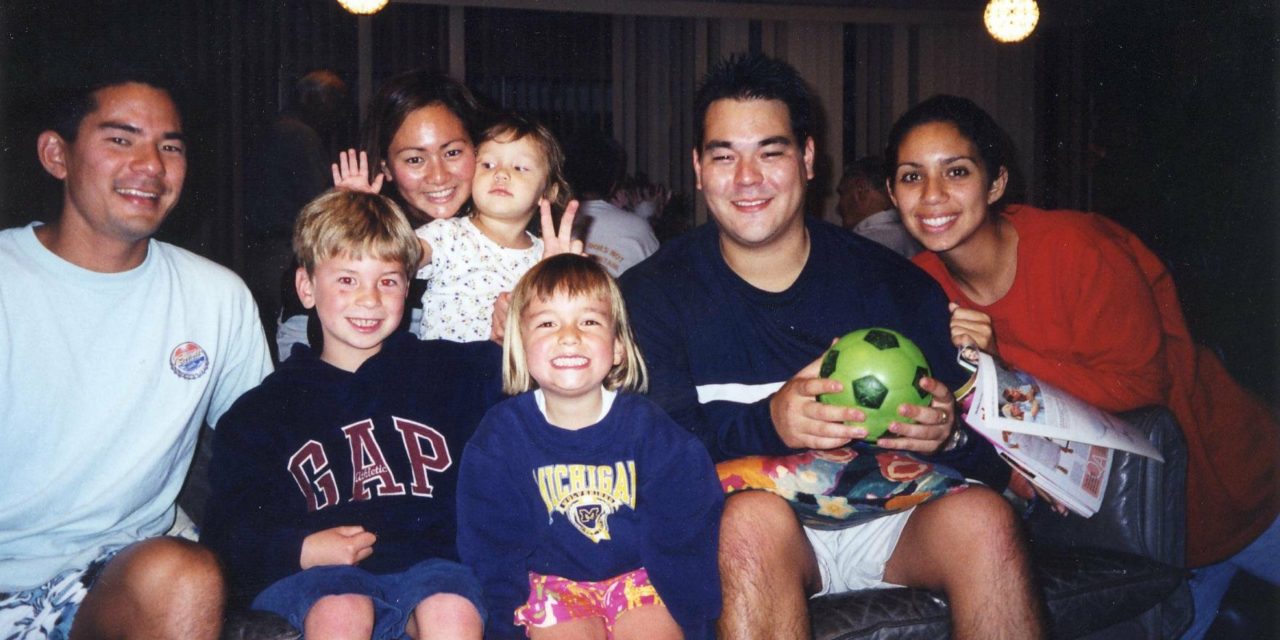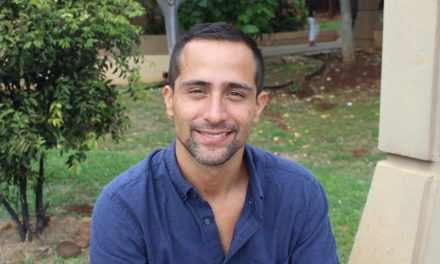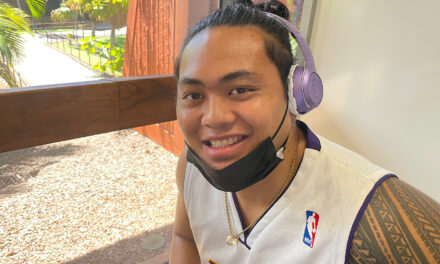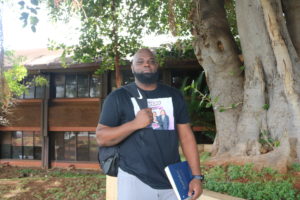BY CHRIS TAKAHASHI | STAFF WRITER
One September afternoon I found myself surfing close to KCC’s campus. The sun was shining and a swell was in the water. It appeared that everyone was in a generally upbeat mood. Then, a local surfer directly next to me began to shout, “stupid haole!”…“stupid haole!” My heart skipped a beat – I looked around and saw that I was the only “haole” in sight. Seconds later, I realized he was yelling at the other “haole” in the water, who had just caught the last wave, a wave the local surfer wanted. Understanding surfing etiquette, I was positive there was no “drop-in” or even “snaking” of said wave; instead, the “haole” had lucked into the wave by virtue of being in a better position.
When he paddled back out to the lineup, I was ready to see some more fireworks. To my relief, the two embraced with a handshake and even a laugh. I think the local surfer was frustrated because he had been waiting for a wave for some time, and the “haole” catching a good one became an easy scapegoat. Regardless, the incident made me intimately aware of my outsider status here in Hawaii.
I’m not a local here, and I recently moved from California. But, I think I have a special appreciation of the islands in spite of my mainland “haole” status. I do identify as “hapa,” and though not truly half-Asian/Pacific Islander and half-Caucasian (I am a quarter Japanese-American), I have the unique distinction of a traditionally Japanese surname coupled with a more “haole” appearance.
It is my father’s side of the family that has generational roots here in Hawaii. My great-grandfather emigrated from Japan to Kaua‘i to work as immigrant labor on a sugarcane plantation. Traditionally, the eldest son inherits the family property in Japan. Since my great-grandfather was the second-born son, he knew that emigration to Hawai‘i was the best chance of a better life.
His son (my grandfather), traveled from Kaua‘i to O‘ahu to attend UH and, a few years later, married my grandmother who was an aspiring opera singer from New York. She was Caucasian and they married at a time when interracial marriage was unlawful in most states on the mainland. Hawaii, at the time, was still a U.S. territory.
My dad was raised in Honolulu, schooled on the mainland for college, and returned to begin his career. My mom, originally an East Coaster, and Caucasian like my grandmother, moved to Honolulu in her early twenties to work for a local advertising agency as a producer. Before I was born, they moved to Los Angeles with the intent of staying for a few years before returning to Hawaii. That never happened.
Legend has it that my mom despised the overgrown jungle of their backyard in Manoa, and after thinking about moving to a new home, considered what a move to the mainland would mean. Working professionals in Hawai‘i are probably aware that salaries for commensurate positions are higher on the mainland.
Growing up, I never pitied myself on the fact that I could have grown up in Hawaii. I visited often enough, usually once a year, and reveled in the fact that I had many relatives here. It was here on O‘ahu that I got my first fix of surfing and snagged my first barrel at “Walls” on a bodyboard. It was here that my parents exposed me to treats like arare and manapua, and where my grandmother once challenged me to eat a fish eye, which is considered good luck in Chinese culture. And, it was here that I’ve experienced a first-hand account of the “aloha spirit” in practice from my relatives and others.
Once, when I was 18, I was surfing near Wai‘anae on the west side of O‘ahu when I wiped out on a solid wave. Underwater, I could feel the tension of the leash tighten on my ankle and then release. It was a long swim through the channel back to the beach without a surfboard, but scenic nonetheless. I had no sense of hurry. With each passing swell I would bob up and down. Bobbing up, I could see the expanse of white sand and Wai‘anae mountains. Bobbing down, I would see the peaks of the mountain range and lots of blue sky.
When I got closer to shore I bobbed down, taking in the view of the mountain range, but mostly sky. It was also in this moment that I saw my surfboard barreling through the air toward Farrington Highway. The adrenaline surge was immediate. “Unbelievable,” I said aloud.
I made it to the beach and quickly pieced together the situation. There was a boy playing in the shore break, and an older gentleman watching from farther up the beach. He was the man that decided to “relocate” my board on the beach.
I went up to the man and we had a little talk. He accused me of wrongdoing – my surfboard nearly took out his nephew in the shore break. I apologized and explained that a snapped leash is not uncommon when the waves are big. I also pressed him on why he threw my surfboard with a “c’mon dude, where’s the aloha spirit?”. Remember, I was 18 at the time so probably more hard-headed than I am now. He conceded that he should not have thrown my board, and we shook hands.
In the parking lot a local surfer saw the entire event unfold. As I walked towards the lot to pick up my surfboard, he motioned for me to come over. He reached into his truck bed and pulled out a brand-new surfboard leash. I was stunned by the sudden act of generosity, and he insisted I take the leash.
I think that these types of moments remind us about what it means to be apart of the shared human experience.
Back in southern California, grade-school classmates would often conflate my exotic-sounding last name and frequent trips to Hawai‘i as definitive proof that I was native Hawaiian. Such naiveté always made me uncomfortable. Appreciating the beauty of Hawai‘i means to understand the history. Even if the history is difficult to stomach. But, the silver lining is that the aloha spirit is alive and well. Sometimes it just sneaks up on you.






